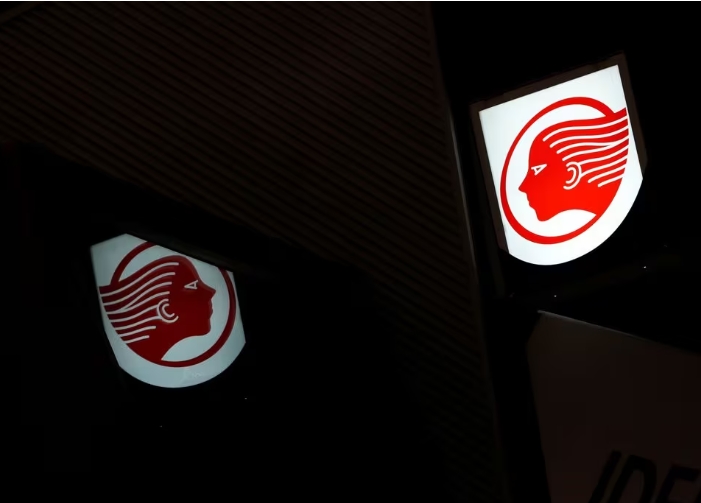
Japan considers ammonia as a key component in its transition to a net-zero economy, and is pursuing this strategy to facilitate the decarbonisation of diverse industries, including power generation and chemicals.
Ammonia is mainly made from hydrogen produced from natural gas and nitrogen from the air. It does not emit carbon dioxide (CO2) when burned, but its production releases emissions if it is made with fossil fuels.
The project in Lake Charles, Louisiana, which is under the front-end engineering design (FEED) stage, aims to produce about 1.2 million metric tons of low-carbon ammonia per year by 2030 fiscal year through March 2031, using technology from Mitsubishi Heavy Industries (7011.T), opens new tab in collaboration with Kansai Electric Power (9503.T), opens new tab, they said in a statement.
Idemitsu aims to build an ammonia import terminal using the existing infrastructure at the Tokuyama plant in western Japan and supply more than 1 million tons of low-carbon ammonia by 2030 to various industrial companies, including in the chemicals and steel sectors, they said.
Mitsubishi, meanwhile, is considering turning a part of its liquefied petroleum gas (LPG) terminal in Namikata in western Japan into an ammonia terminal and supply low-carbon ammonia for various industrial applications.
The Japanese companies plan to supply clean ammonia produced by the project to Japan through these terminals.
Proman produces methanol, fertiliser and other natural gas derived products.
The timing of a final investment decision (FID) on the project has not been decided, a Mitsubishi spokesperson said, while declining to comment on the ownership ratios, citing confidentiality.